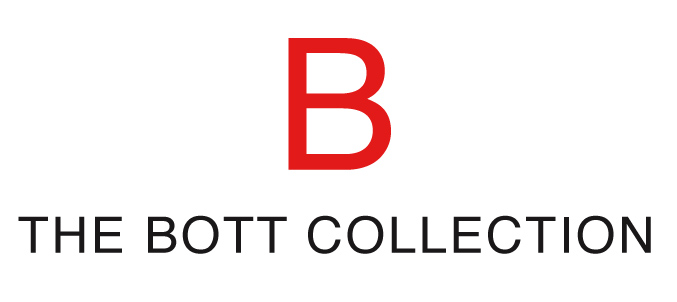The printers said working with Al Held was difficult; he was temperamental. There were stories about mood swings and grumbling. He was one of those artists that would act out when things didn’t go right. Those who had worked with Al, widened their eyes slightly when they talked about him. It wasn’t exactly fear, but perhaps a well-established respect for his temperament.
I started at Crown Point Press as an apprentice printer in 1985. I was in my early 20’s. It was my dream job - so when the printers gave warning, I vowed to steer clear of trouble.
Kathan Brown; Owner and Director of the press would hold weekly meetings to outline the schedule. Held, she informed us was in the calendar, but time had been allocated prior to his arrival to do some research. He wanted to create a huge engraving.
Fig. 5 Illustration of a burin incising a copper plate. Fig 4. Illustration of the correct grip on burin.
Engravings are far more labor intensive than etchings. Etching has its historical roots in engraving, but engravings came first. In the 1400’s designs were manually carved, or engraved, into armor, using a hardened metal burin. It takes extraordinary skill to use a burin well. To engrave a delicate design or recognizable image into metal with an awkward angled knife requires a lifetime of practice.
The discovery that one could fill engraved depressions with ink, and print the contained ink on to paper was of historical significance. When the printing revolution took the world by storm in the 1400’s engraving became the principle method for making and distributing highly detailed prints. Wood block and relief printing, as well as wooden type were all being established in Europe prior to the 1400’s. The famous Gutenberg Bible, printed with it’s revolutionary movable lead type, was published in 1455 - the first of it’s kind.
Al Held, Liv, 1992 Color hard ground etching with aquatint, Paper Size 40.5 x 54" Edition 30
Al Held: Straights of Malacca II, 1989 Hard ground etching, Paper Size 41.75 x 51.5 Edition of 50
Etchings began to replace labor-intensive engravings, around the 1500’s when metal smiths started to use acid to create incised designs on armor, and artists began using acid and copper plates to make etchings.
In 1986 I simply could not imagine why Al Held wanted to make a huge engraving. It is common knowledge that hard ground etchings are easy to make and look similar to engravings. Engraving requires a Master Engraver with a lifetime of experience, and a large engraving would require a very large wallet.
Al flew in from New York. He was not as tall as I had imagined, heavy in stature, mostly white whispy hair and sparkling light blue eyes. He had a New York accent and a warm smile. He was down to business right away.
He and Kathan spent several days, interviewing local engravers. A strange cast of characters paraded through the studio, elderly men with spectacles wearing vests and funny hats. They were owners of jewelry shops who engraved wedding rings or gold watches for a living.
Renee Bott works with Al Held on Embarcadero, 1994
Engravers charge by the hour. I can’t remember exactly what their rates were at that time but as I recall the calculations to create one 36 x 45” engraving was $70,000 - $100,000. Surely this was madness?
There was a message in that madness that took me years to understand. We never made the engraving. The numbers were too astronomical. Even an artist with an international reputation such as Al’s could not warrant that kind of expense. But Kathan’s sincere search to try and find an engraver, her drive to do her best and fulfill Al’s request was the true lesson.
Al and I hit it off. His mood did swing from time to time, he was emotional and not unlike my father. I felt like I understood him. I was prepared to do my best for him.
We worked together from 1986 to 1994 and created 12 large complex demanding prints. Kathan’s faith in her artists and her willingness to support the size and scope of these projects was an important lesson for me, and an important contribution to the fine print world.
In lieu of the originally proposed engravings, Al created 4 large-scale hard ground etchings. It literally took years to create these beautifully crosshatched intricate images. Working through the mail and over the phone, Al would issue instructions and I and other printers spent hours fulfilling his orders.
Al Held: Out and In, 1987, Color Aquatint, Paper size: 40.5 x 52.5" Edition of 50
Al and I developed a great friendship over the years of working together. We had several stand-offs and his old temperamental self showed up. But I would stand strong and show him my conviction, and he always melted into a smile.






